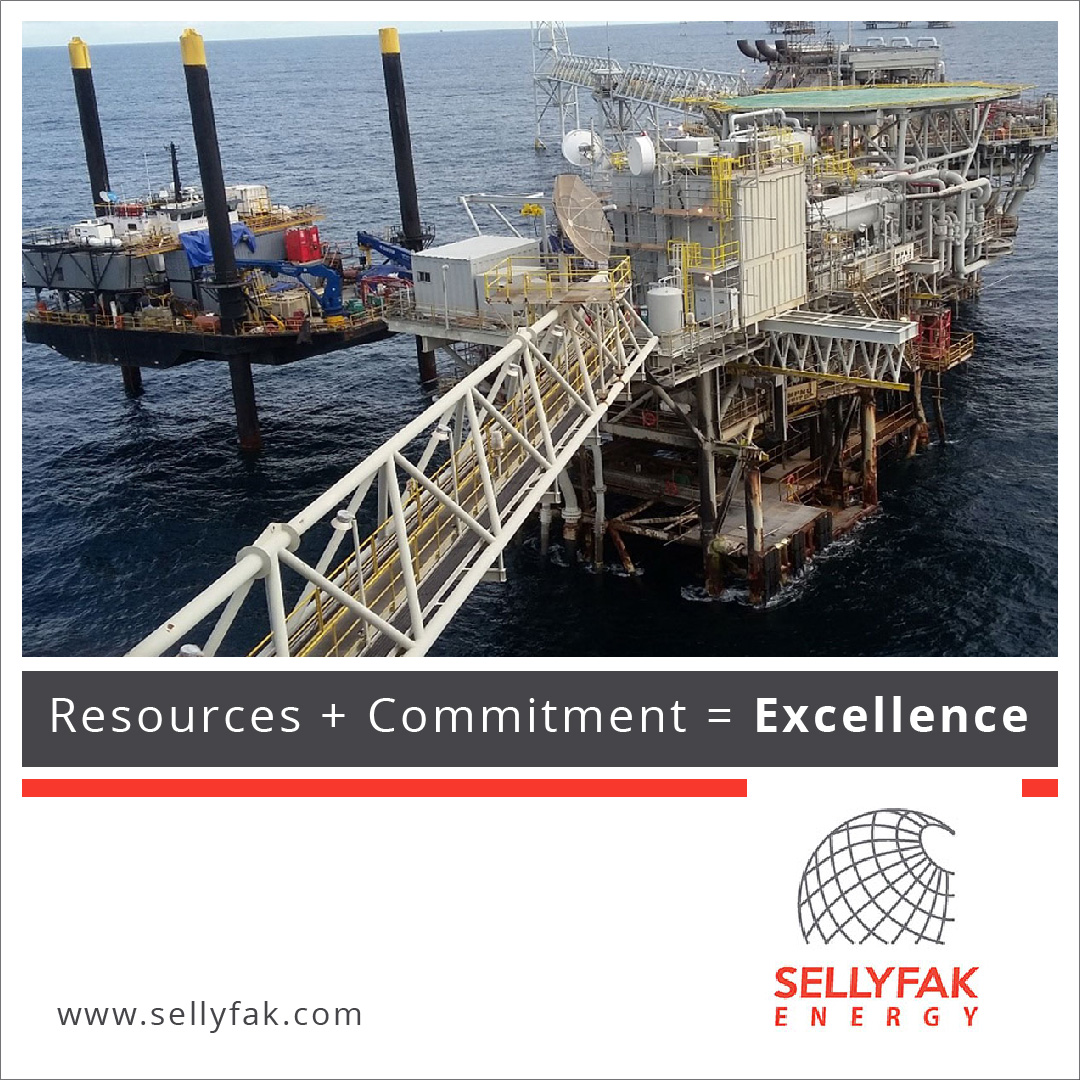Upstream Oil And Gas Investments Fell By 27% From 2019 To 2020

Upstream oil and gas investments fell by 27% from 2019 to 2020, on top of reduced investments since 2015. This was a consequence of Covid-19 demand destruction and the associated price collapse, as well as uncertainty around future demand and policy direction.
Upstream capital investments have been in the range of $400-500 billion between 2016 and 2019, compared to a level of more than $700 billion in 2013 and 2014
According to Global Gas Report 22, gas will be critical for an achievable, affordable, sustainable, and secure decarbonization of the global energy system. Initially this can happen through reversing the recent growth in coal use as well as through oil displacement, while supporting the acceleration of renewables deployment through grid balancing and integration in the power sector.
Progressively, low-carbon and zero-carbon gases, such as hydrogen, biomethane and natural gas with CCUS, will support deeper decarbonization across sectors alongside renewables and other Paris-compatible fuels. Leveraging existing natural gas infrastructure will be critical in enabling these new decarbonized gas options to commercialize and scale. New gas infrastructure can be designed in a way to enable further scale up of low- and zerocarbon gases and, supporting the achievement of Paris agreement objectives. Low-carbon and zero-carbon
Also Read: How Russia’s Invasion of Ukraine Will Impact Africa’s Energy Transition
The energy crisis prompted a renewed focus on supply security. For the first time in the history of gas markets, we are seeing a crisis close in scale only to the 1970’s oil crisis, when the world faced shortages and price hikes. The crisis has been further exacerbated by supply shortages across all energy commodities, prompting an increased focus on energy security. Future energy systems must be designed with energy security in mind.
When it comes to gas, the focus should be on developing a diverse gas supply chain through both upstream production and infrastructure developments. Storage can also play an important role in ensuring energy security by offsetting disruptions to the supply chain. In addition to investing in more storage capacity, governments can impose mandates for minimum storage levels.
Storage can also play an important role in ensuring energy security by offsetting disruptions to the supply chain. In addition to investing in more storage capacity, governments can impose mandates for minimum storage levels. This has been a common practice with oil, where governments and private practices hold inventories to safeguard the economy and maintain energy security. The European Commission addresses both the questions around a diverse gas supply and storage levels through recently announced policies
Gas will be critical for an achievable, affordable, sustainable, and secure decarbonization of the global energy system. Initially this can happen through reversing the recent growth in coal use as well as through oil displacement, while supporting the acceleration of renewables deployment through grid balancing and integration in the power sector. Progressively, low-carbon and zero-carbon gases, such as hydrogen, biomethane and natural gas with CCUS, will support deeper decarbonization across sectors alongside renewables and other Paris-compatible fuels. Leveraging existing natural gas infrastructure will be critical in enabling these new decarbonized gas options to commercialize and scale. New gas infrastructure can be designed in a way to enable further scale up of low- and zero carbon gases and, supporting the achievement of Paris agreement objectives.







